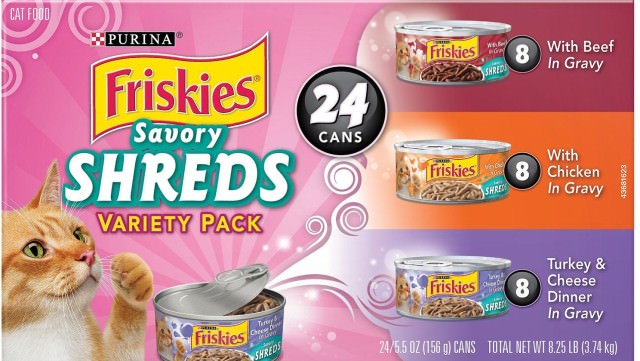As anyone with a cat knows, they can be finicky when it comes to eating. They can even turn their nose up to something as tantalizing as fresh fish, leaving their human stumped. But there’s a secret in the pet food industry that most people are not aware of, and it’s one that is not only helping to keep millions of cats being picky eaters, but is also leading them down an unhealthy path.
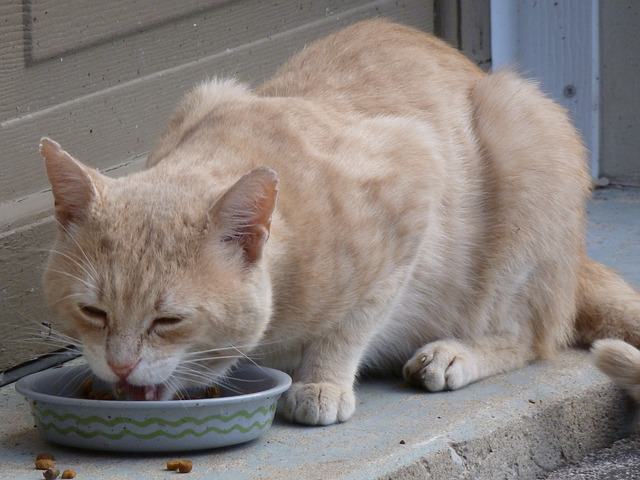
“What people who have picky cats don’t realize is that taste chemicals are put into many commercial pet foods in order to get them to eat it,” explains Will Post, founder and CEO, Hound & Gatos Pet Foods Corporation. “The problem with this is that it may get the cat to eat that particular brand, but it’s essentially junk food. Then the cat becomes accustomed to eating this chemical-laced junk food, so that when they have healthy food in front of them they tend to turn their nose up to it.”
Hound & Gatos Pet Foods Corporation is a leader in healthy pet foods, and three-time recipient of the “Most Trusted Pet Foods” award by TruthAboutPetFood.com. The company, uses only the best sourced ingredients, uses 100 percent meat with all ingredients originating in the USA, makes their pet food In the USA (South Dakota), and offers complete DNA disclosure to show the source of the meat used in their foods. They never use things found in other popular pet foods, such as generic livers, carrageenan, chemicals, unidentifiable additives, and preservatives. They have also never had any of their food recalled.
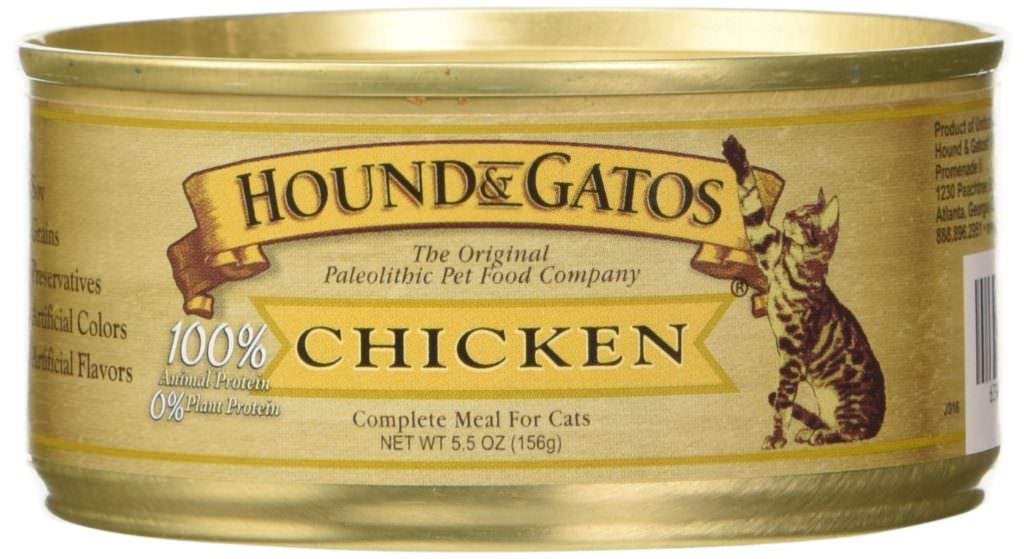
Post explains that this is similar to teenagers filling up on junk food, or parents having to hide or disguise the veggies to get kids to eat them.
“In human and pet foods, there are many brands that include taste enhancers for the sole purpose of making the product to taste good for all,” Post told iHeartCats. “For example, people can be addicted to a soft drink due to the taste and when they remove that drink from their diet they begin to have withdrawals or other issues. For myself, I find my favorite diet soda drink addictive and I know there are chemicals in there to make it so.”
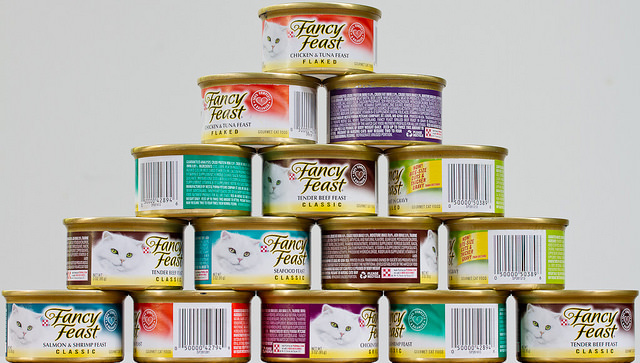
The foods that have those artificial taste chemicals are appealing to the cats, but those tastes are covering up the fact that it’s unhealthy foods they are consuming. Once the cats do get the chance to taste some healthy foods that are devoid of these chemical taste agents, they turn their nose up to the food. It’s kind of like a teenager pushing away the plate filled with healthy protein and veggies, and opting instead for the cheese-laden pizza.
Consumers spend a great deal on pet foods each year, reaching over $21 billion annually, according to the Pet Food Institute. Yet most have no clue about what ingredients they should look for, what to bypass, and what healthy pet food actually looks like. They are also not aware of the taste chemicals that have been used in the foods, making their pet want those brands more than the healthier ones.
Flavor Enhancers
So why do they need flavor enhancers at all? An article in Popular Science, titled “The Chemistry of Kibble: The billion-dollar, cutting-edge science of convincing dogs and cats to eat wha’s in front of them,” explains:
“To meet nutritional requirements, pet food manufacturers blend animal fats and meals with soy and wheat grains and vitamins and minerals. This yields a cheap, nutritious pellet that no one wants to eat. Cats and dogs are not grain eaters by choice, Moeller is saying. “So our task is to find ways to entice them to eat enough for it to be nutritionally sufficient.”
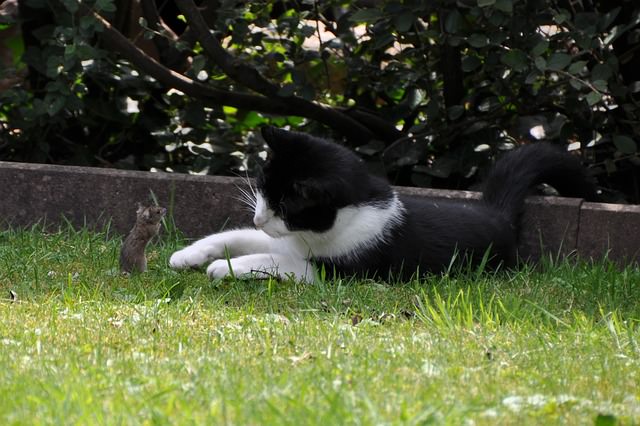
In article written by Susan Thixton from the TruthAboutPetFood.com, (reprinted with her permission here), she explains even more oddities when it comes to the cat food industry in particular:
While most of us that have cats know they are often picky eaters, Nancy Rawson of AFB International says “outdoor cats tend to be either mousers or birders, but not both.” Which is why cats often prefer to stick to one type of food. But the article also tells pet food consumers not to worry…because “Most of the difference between Tuna Treat and Poultry Platter is the name and the picture on the label.” The author says that a tuna pet food and a poultry pet food might taste exactly the same to the cat (and appears to state there is very little difference in ingredients as well).
Thixton goes on to explain that for cats, the “flavor additive of choice is pyrophosphates.” But the “why” is elusive. She continues:
It is not completely understood why pyrophosphates entice cats to eat. A study published in PetFoodIndustry.com magazine (from another pet food flavorings company Monell Chemical Senses Center) states “the possibility that pyrophosphate could act as a modulator of the activity of the cat’s amino acid receptor.” Monell Chemical Senses Center has found that mixing pyrophosphates (phosphate salts) with meat hydrolysates is the most effective enticer of cats to a food.
In fact, in the Popular Science article, the author tries a pyrophosphate herself and says, “It has no smell. I roll some over my tongue. All five kinds of taste receptor stand idle. It tastes like water spiked with strange. Not bad, just other. Not food.”
They think it must have a taste that is specific to cats. Just like we can taste sweetness while cats cannot.
The Risk
According to Thixton, “In a very basic non-scientific explanation, meat or meat by-product ingredients are broken down by use of water. The amino acids (building blocks of protein – that cats are looking for) remain in the meat hydrolysate are basically magnified in taste (for the cat) by the phosphate salts (such as Sodium acid pyrophosphate). This magnified taste of protein – though chemically achieved – is what keeps cats addicted to a “cheap pet food that no one wants to eat”.
Her article goes onto to quote two sources in regards to the toxicity of pyrophosphates when ingested:
Tetrasodium pyrophosphate (another name for sodium pyrophosphate) is stated on Wikipedia (quoting Handbook of food toxicology) “toxicity is approximately twice that of table salt when ingested orally.”
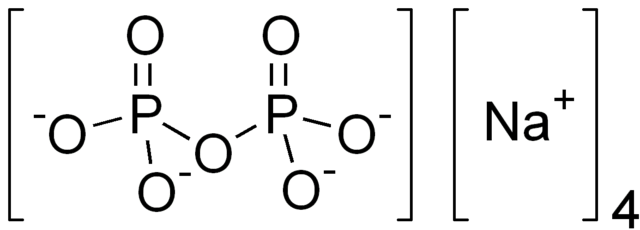
InRFood.com states “Ingesting sodium acid pyrophosphate in large quantities can lead to diarrhea, nausea or vomiting, whereas its inhalation may cause nosebleeds, irritation in the respiratory tract, coughing or chest pain. Skin contact with the compound may cause severe to mild skin irritation or chapping the of skin. Those who are pregnant or have heart disease or diabetes should limit consumption of sodium acid pyrophosphate due to its sodium content.”
Tips To Picking Out Cat Food
Some of the things Post says to look for when selecting a cat food, which will help determine if it’s a healthy food or a “junk food,” include:
Reading the ingredients labels. Opt for a food that has a short ingredient panel, which means there is less junk added to the meal. Cats are carnivores, so they should be 100 percent meat. Stick to feeding them pet foods that are meat, rather than loaded with artificial colors and flavors, as well as fillers and taste enhancers.
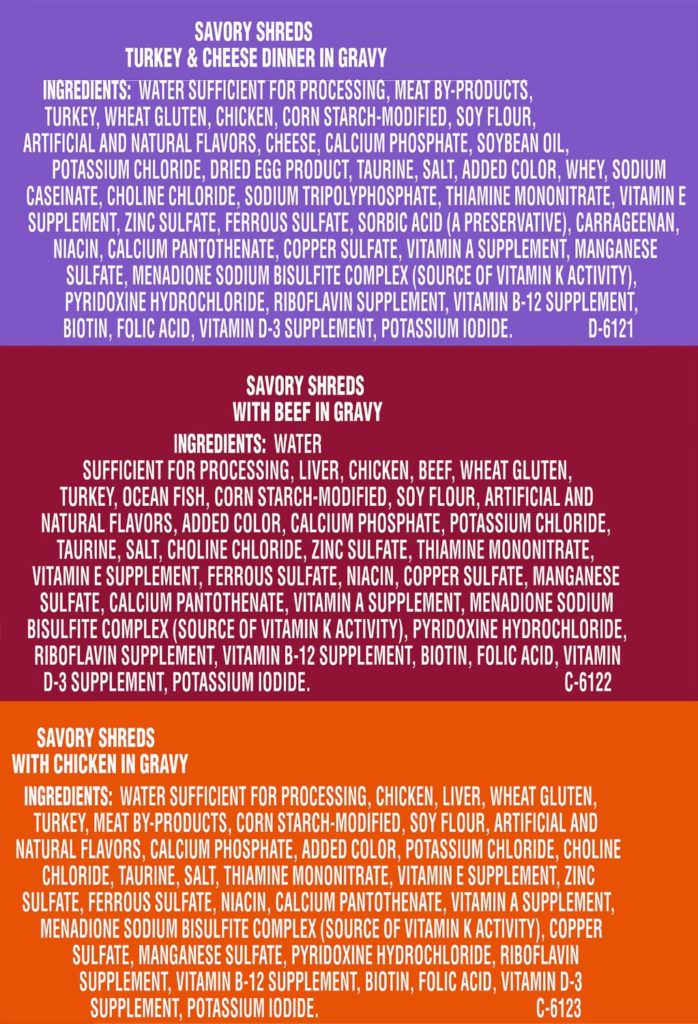

Know the company. Pay attention to the reputation of the pet food company. Not what they are touting through their advertising, but what their reputation is with other consumers and in the industry as a whole. Investigate to see if they have had pet food recalls and where their ingredients are sourced from. Find out where the pet food is made. Learn as much as you can about the company, ensuring that they are an open and honest company that is forthcoming with information.
Check the DNA. Especially in today’s pet food world when there are so many recalls and pets getting ill, it is important to know where the meat is coming from that is in the cat food. Some manufacturers bring it in from overseas, where they have lower standards and haphazard practices. Others use diseased animals (including euthanized dogs and cats), questionable fillers, grains, etc. in their pet foods. Such things are not only unethical, but can have a serious impact on the health of the cat consuming the food and lead to health problems and an early death. Hound & Gatos, for example, never uses euthanized cats and dogs in their pet foods, which most people are not even aware takes place in the industry.
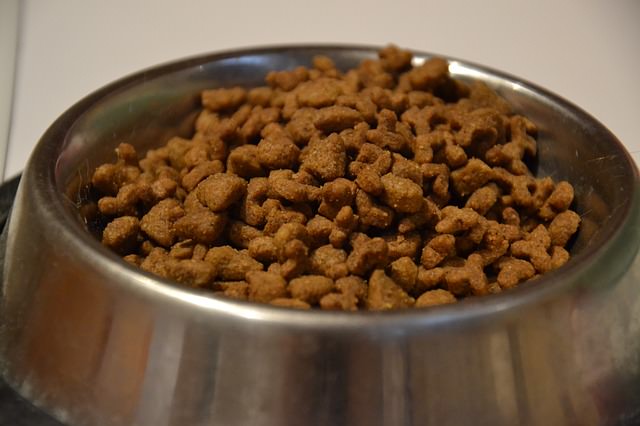
“Consumers have to make a choice between feeding their cat they seem to like the taste of, or feeding them something that is healthy and going to help keep them living a longer and better quality life,” added Post. “It’s hard for healthier foods, such as ours, to compete with junk food that’s been doused with chemical taste agents. It shouldn’t be all about taste. It should be about keeping them healthy. Your kids may turn their nose up to healthy foods, too, if junk food is the other option. Feed your cats healthy foods and don’t give them the choice.”
Related: The Best Dog Foods

